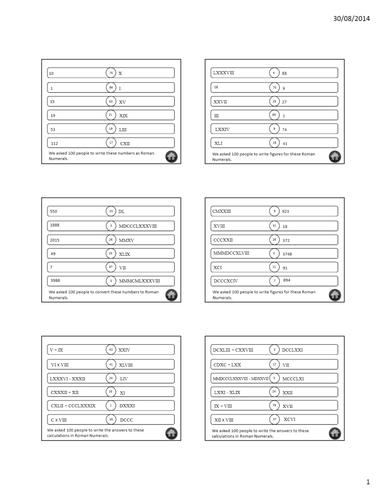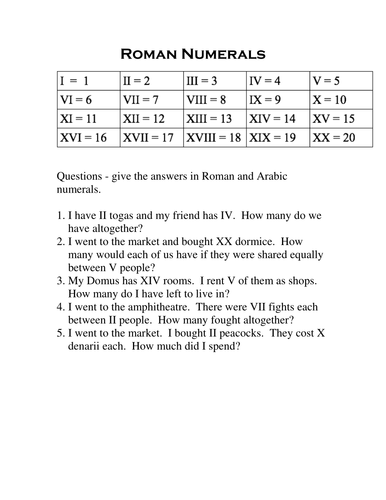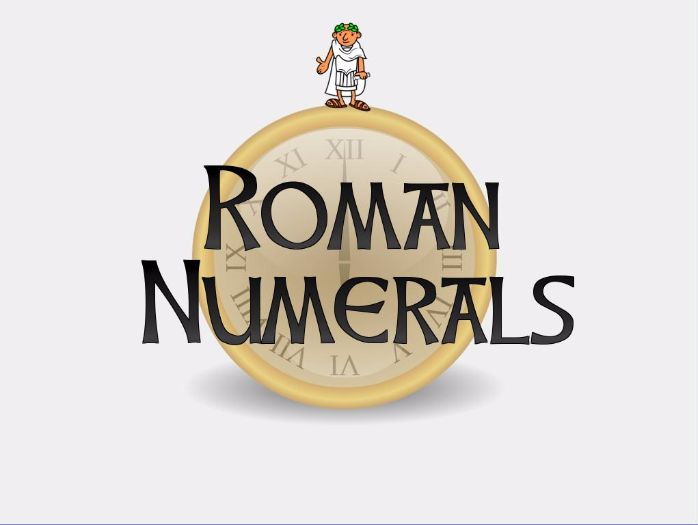Number: Roman numerals
Throughout these chapters, pupils learn how the use of Roman numerals pervades our cultural heritage.
Pupils will come across Roman numerals in a variety of contexts as part of their everyday lives, such as on clock faces and on historic buildings. As such, this topic lends itself nicely to cross-curricular work in history or geography. Alternatively, it could be taught alongside time-telling or number and place value.







